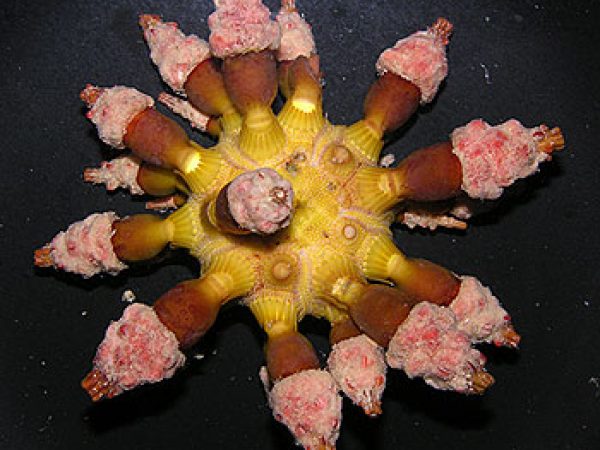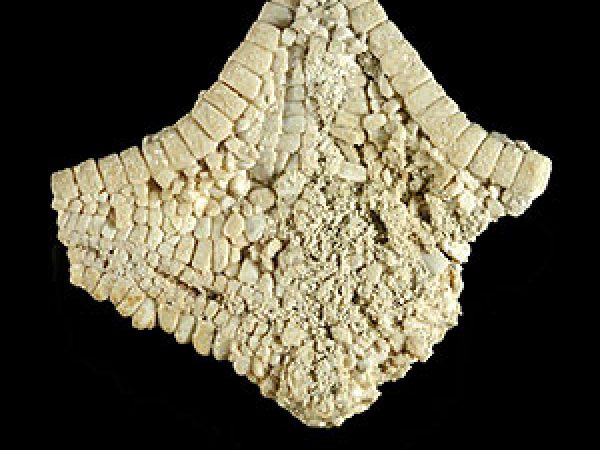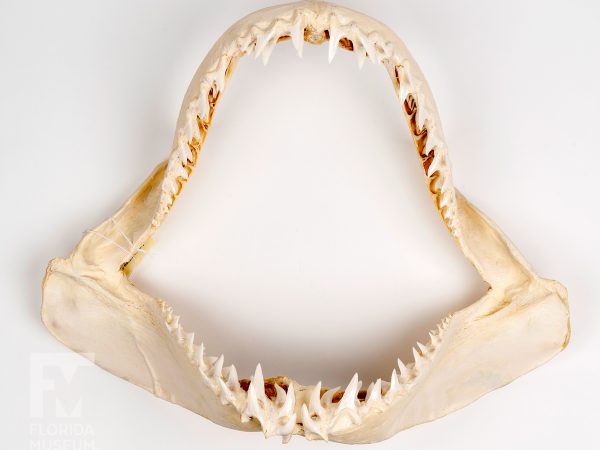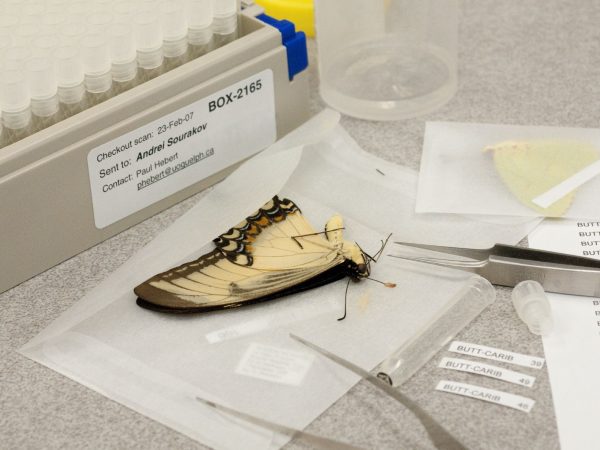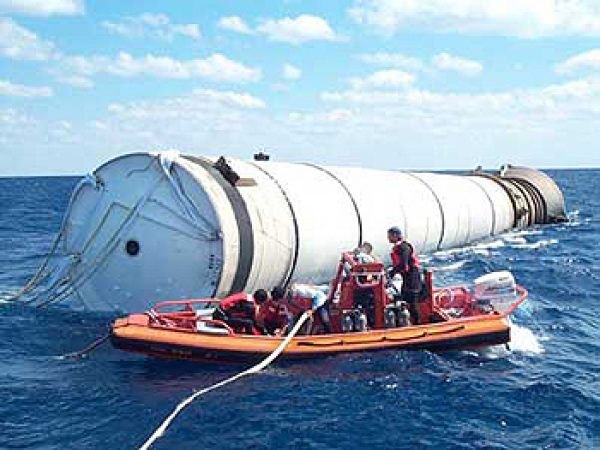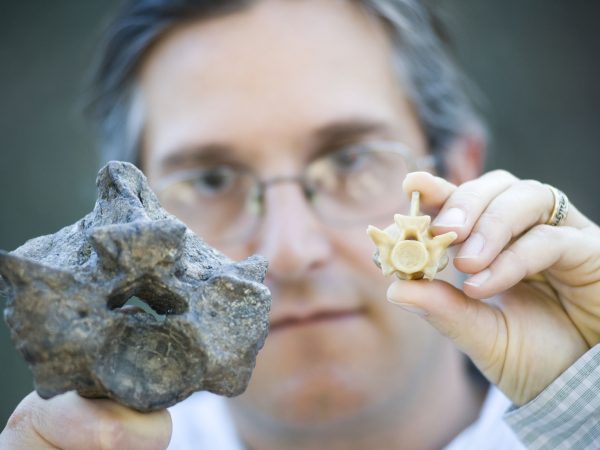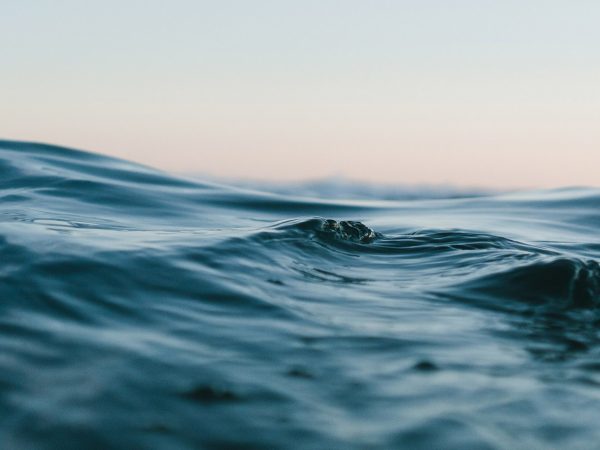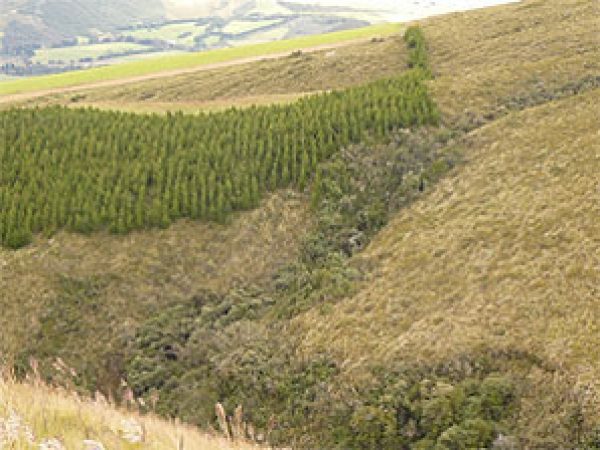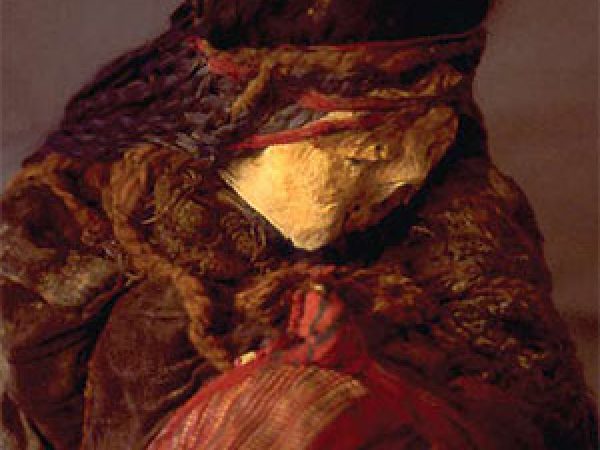DNA sequenced for entire Pacific island
Florida Museum of Natural History researchers are collecting marine invertebrates on the French Polynesian island of Moorea as part of…
Read More
Ancient sea stars pose challenge for paleontologists
Imagine trying to piece together a picture of marine species living 40 million years ago based on the flimsiest of…
Read More
New forensic technique gives clues about sharks from bite damage
Hit-and-run attacks by sharks can be solved with a new technique that identifies the culprits by the unique chomp they…
Read More
Researchers given glimpse into bull sharks’ movement
Indian River Lagoon, on Florida’s east coast, has historically served as habitat for an abundance of marine life. But human…
Read More
DNA barcoding shows promise for butterfly identification
A new study from a Florida Museum of Natural History researcher has shown that a genetic technique for identifying butterfly…
Read More
Palynologist solves NASA riddle of mysterious ‘gunk’
Call it a galactic joy ride, but on Oct. 23, 2007, NASA’s 120th shuttle mission launched from Cape Canaveral, Florida,…
Read More
At 45 feet long, ‘Titanoboa’ snake ruled the Amazon
Florida Museum researchers’ discovery of a giant fossilized snake in Colombia reveals a picture of warmer tropics ruled by beasts…
Read More
Shark attacks decline worldwide in midst of economic recession
The recession may be responsible for a slump of a different sort: an unexpected dive in shark attacks, says a…
Read More
Non-native reforestation brings risk of hybridization in Andes
Far up in the Ecuadorian Andes, human encroachment is steadily overtaking Polylepis forests, a distinctive and ecologically important feature of…
Read More
Peruvian mummy lice may give clues about human migration
Lice from 1,000-year-old mummies in Peru may unravel important clues about a different sort of passage: the migration patterns of…
Read More
